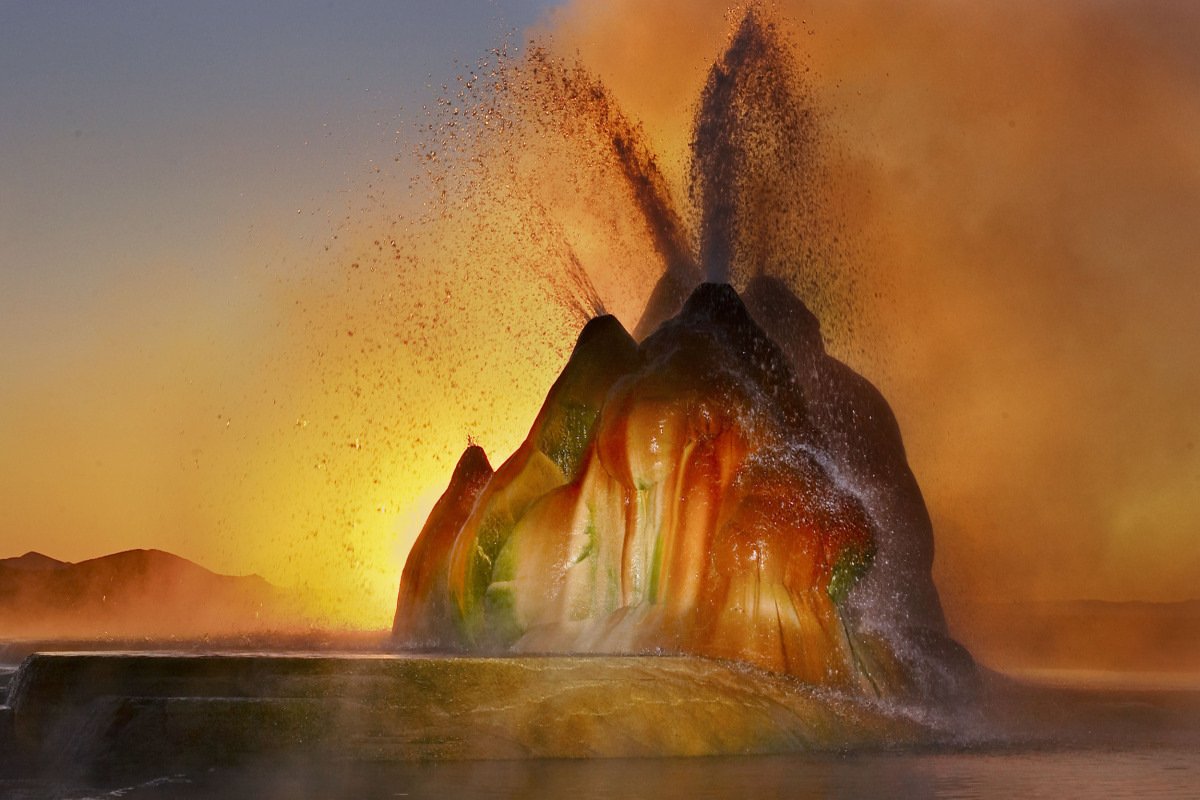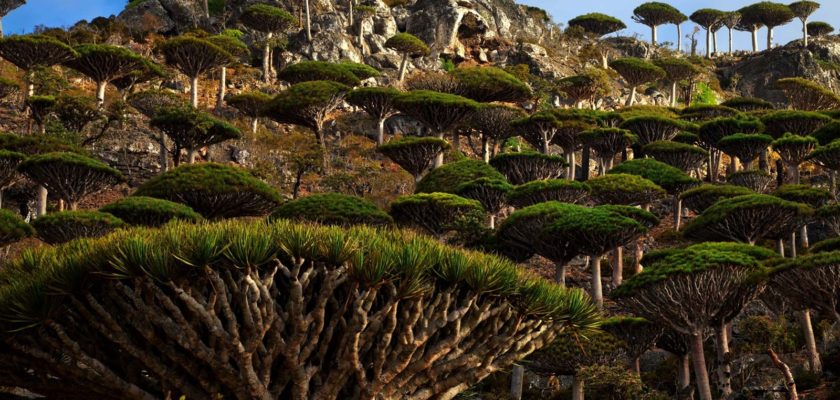Exploring the mysteries that surround us is an adventure that often leads us to encounter the strangest things in the world. Our planet is a treasure trove of the bizarre, the beautiful, and the downright unexplainable. From hidden ecosystems thriving in complete darkness to otherworldly landscapes and mind-bending natural phenomena, the world is full of enough strange wonders to keep any curious mind occupied for a lifetime. Here’s a glimpse into 7 of the most strangest things that call Earth home:
Socotra Island, Yemen
Socotra Island, off the coast of Yemen in the Indian Ocean, truly deserves its nickname: Alien Island. This otherworldly destination boasts landscapes and flora so strange and stunning, they feel like something out of a sci-fi movie. Visiting Socotra is an adventure like no other. It’s a chance to step onto another planet, to explore a world where nature has been unleashed in all its bizarre and beautiful glory.
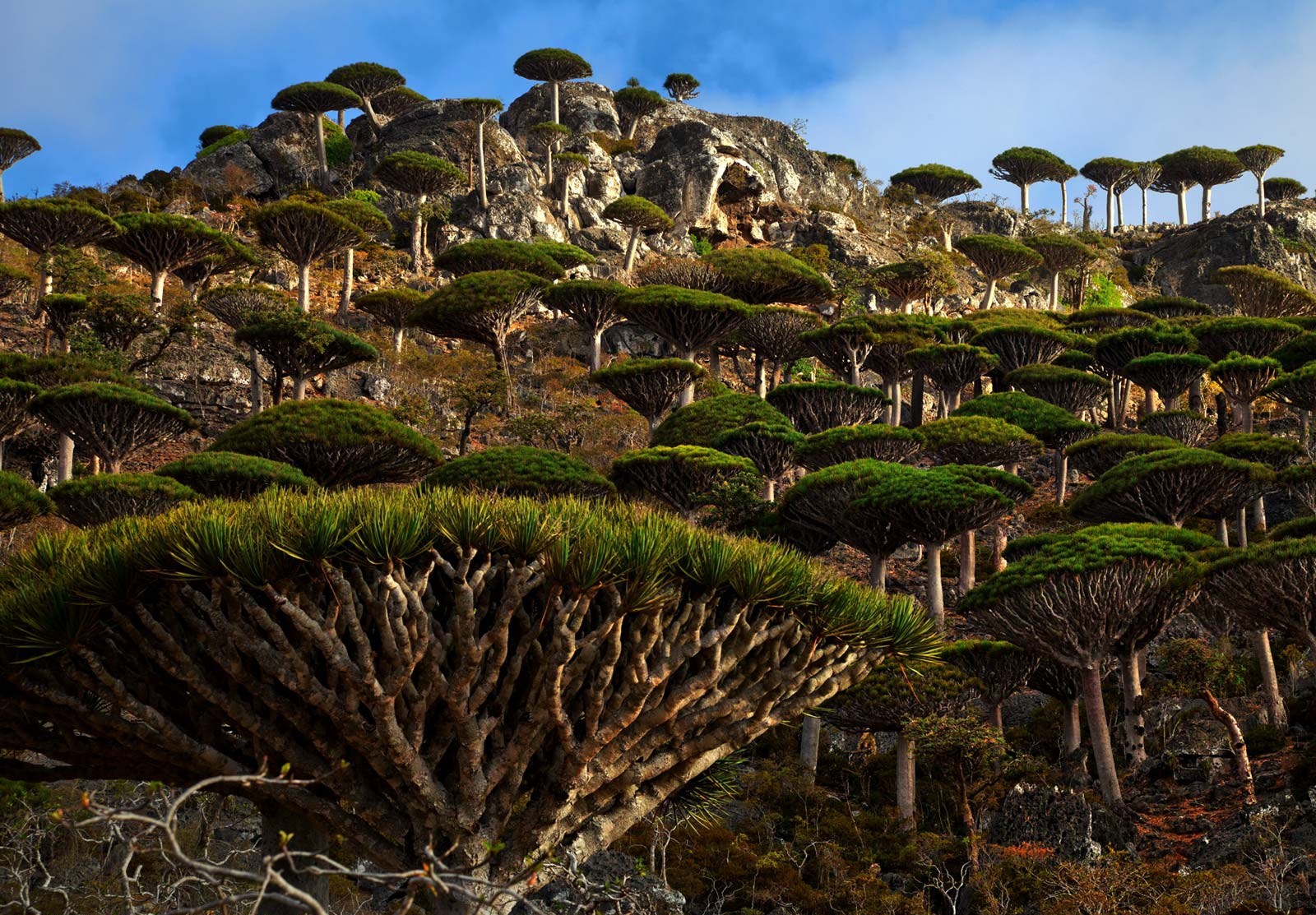
Waitomo Glowworm Caves, New Zealand
The Waitomo Glowworm Caves of New Zealand – a place where darkness transforms into a starry night sky, thanks to millions of tiny bioluminescent marvels called glowworms. Prepare to be transported to a wonderland of twinkling stars, not in the sky, but nestled within the heart of the Earth. These caves, located in the Waikato region of New Zealand, are home to thousands of glowworms, tiny creatures that light up the darkness with their ethereal bioluminescence.
The glowworms attract insects, which become their food, making the caves a fascinating example of bioluminescence in action. The caves are a geological wonder, carved by millions of years of water erosion.
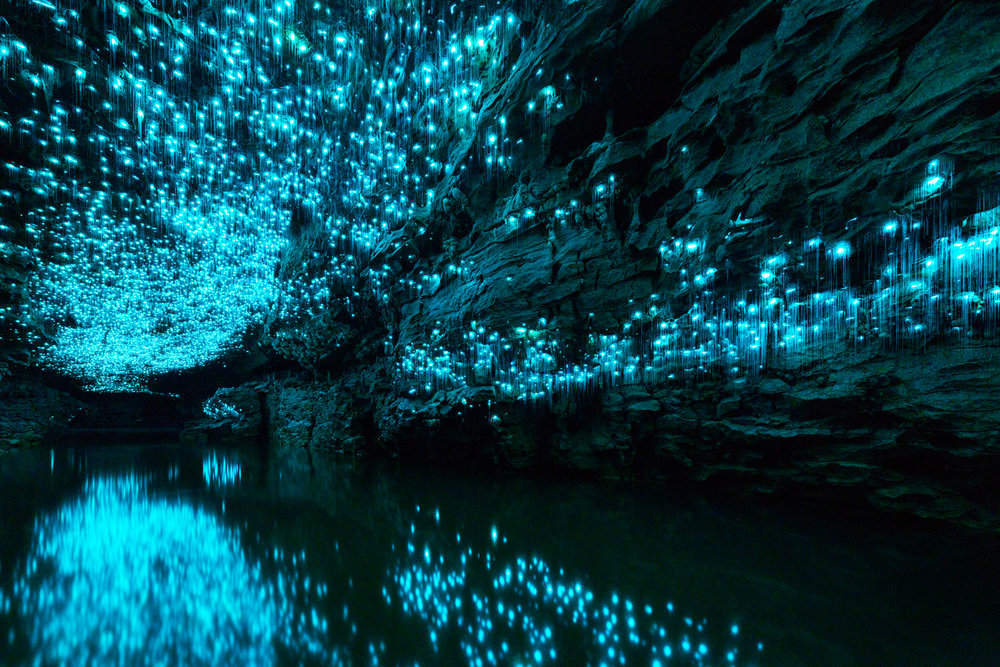
Movile Cave, Romania
Movile Cave was found in 1986 and is located in Constanța County, Romania, nearby Mangalia. It stands out for having a distinct groundwater habitat that is low in oxygen and rich in carbon dioxide and hydrogen sulfide. Life in the cave has been separated from the outside world for the past 5.5 million years and it is based completely on chemosynthesis rather than photosynthesis.
Imagine a hidden world sealed off for million years, teeming with life that evolved independently of the outside world. That’s Movile Cave, where blind fish, water scorpions, and other weird and wonderful creatures thrive in perpetual darkness, fueled by chemosynthesis like deep-sea vents.
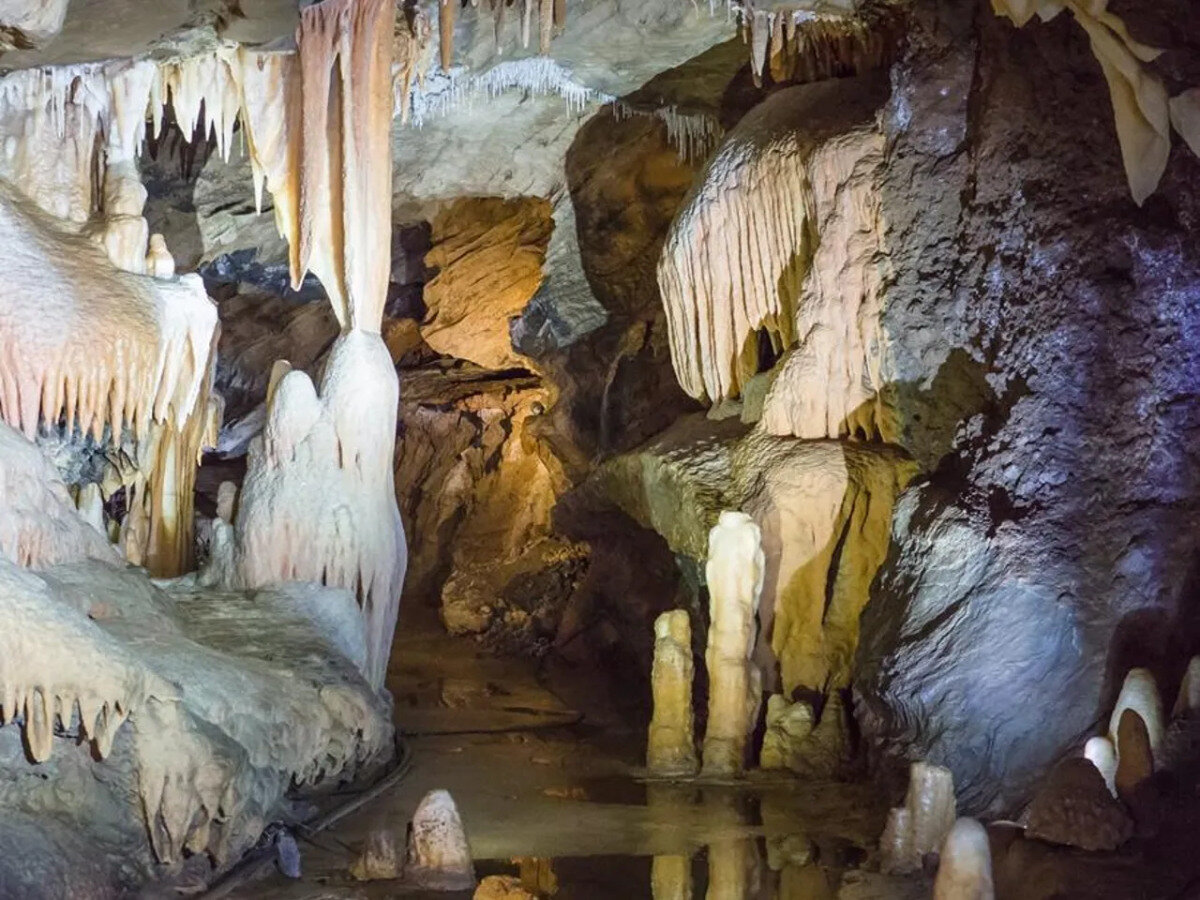
The Bioluminescent Bay, Puerto Rico
Imagine a moonless night, kayaking through a bay where the water shimmers with an ethereal blue glow, leaving a trail of twinkling stars in your wake. This is the magic of Puerto Rico’s bioluminescent bays, natural wonders where the darkness transforms into a breathtaking light show, making it strangest things on earth.
Bioluminescent bay is more than just a sightseeing trip; it’s an adventure into a hidden world, a chance to marvel at the wonders of nature and witness the extraordinary beauty of life glowing at its most primal.
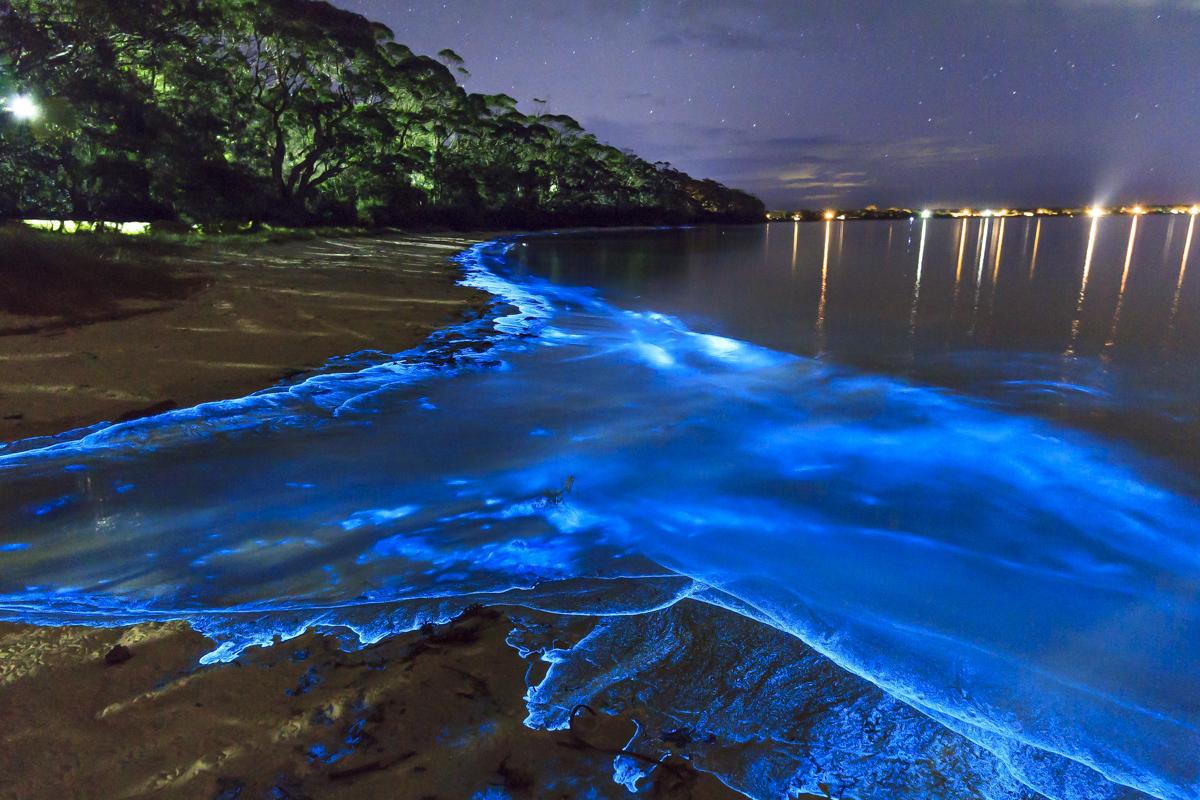
The Great Barrier Reef, Australia
The Great Barrier Reef is the world’s largest coral reef system, stretching over 2,300 kilometers (1,400 miles) along the northeast coast of Australia. It’s composed of 2,900 individual reefs and 900 islands, offering an unparalleled diversity of marine life and habitats. The world’s largest living structure, visible even from space, the Great Barrier Reef is a breathtaking underwater metropolis teeming with marine life.
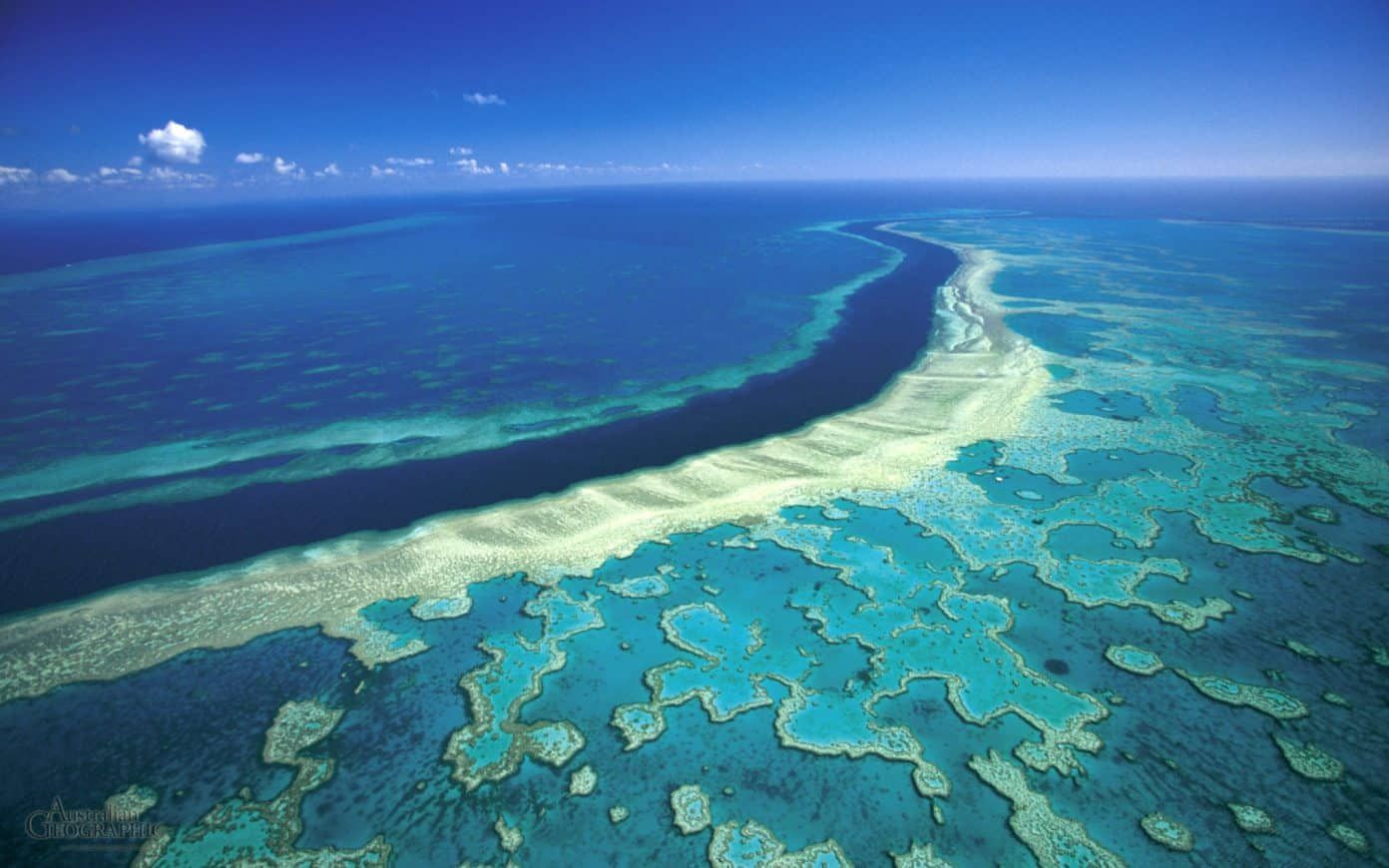
Blood Falls, Antarctica
Blood Falls in Antarctica is a truly captivating sight. Imagine, amidst the vast expanse of icy white, a cascade of vibrant crimson water tumbling down a glacier. It’s a stark contrast, and undeniably intriguing. Imagine a waterfall cascading down a glacier, not with crystal-clear water, but with a blood-red hue. That’s Blood Falls, a mesmerizing natural phenomenon that paints the stark white landscape of Antarctica with a splash of crimson. This waterfall flows out of a glacier, stained a blood-red color by iron oxide.
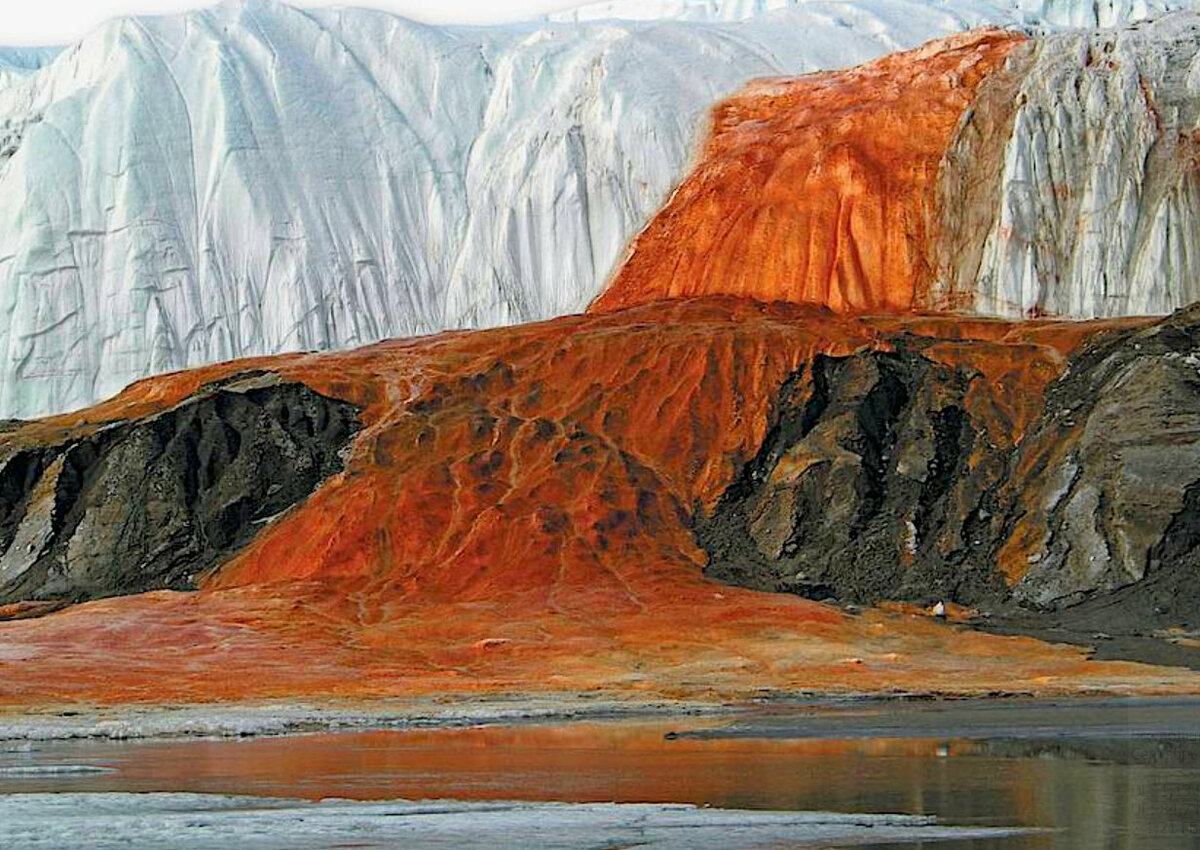
The Fly Geyser, Nevada
In the heart of the Black Rock Desert, where the arid landscape stretches under a scorching sun, lies a vibrant splash of color – the Fly Geyser. This geyser erupts every few minutes, spewing boiling water and minerals that have built up a vibrant multi-colored cone around its base. The geyser is relatively young, having only formed in the 1960s, and is a testament to the Earth’s ongoing geological activity.
